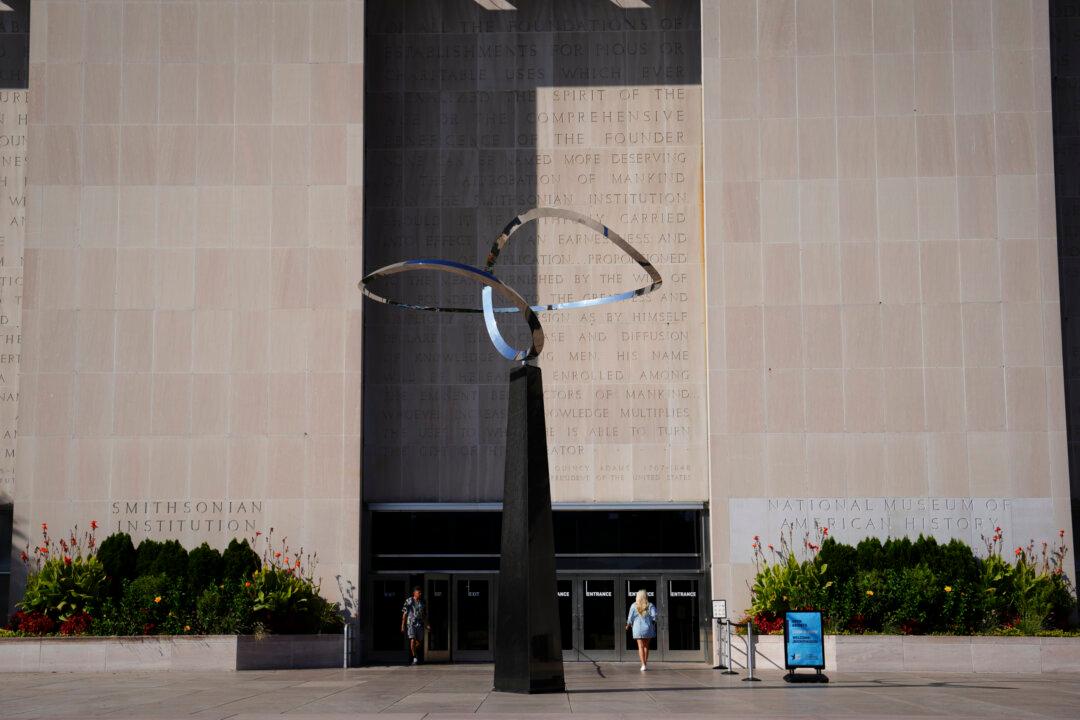Australia’s Defence Force was advised to walk away from its A$80 billion French submarine deal during tense contract negotiations, according to a report by the Australian National Audit Office (ANAO) released Tuesday.
The submarines are being designed and constructed by France’s Naval Group at the Osborne Shipyard on the Lefevre Peninsula in South Australia.





